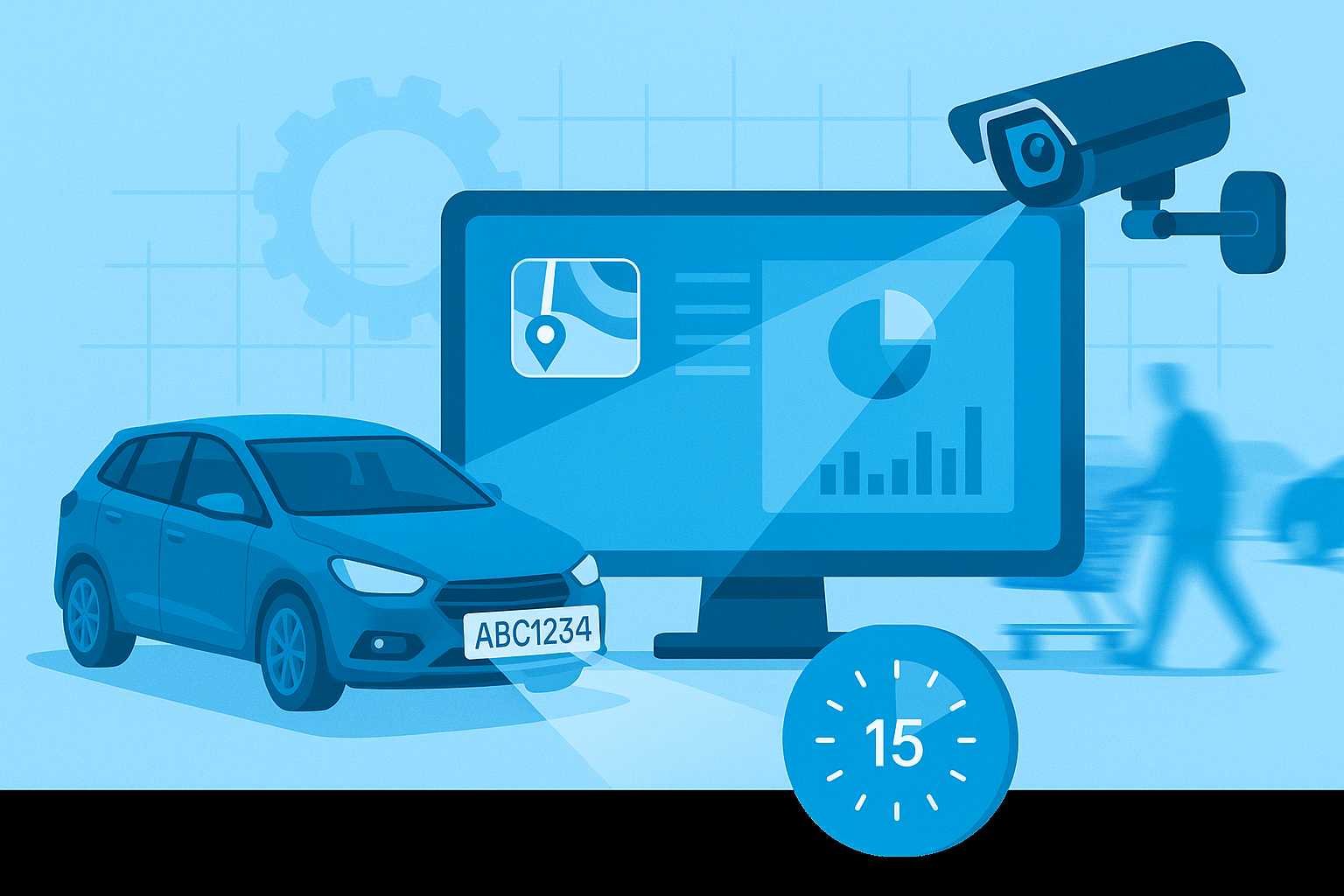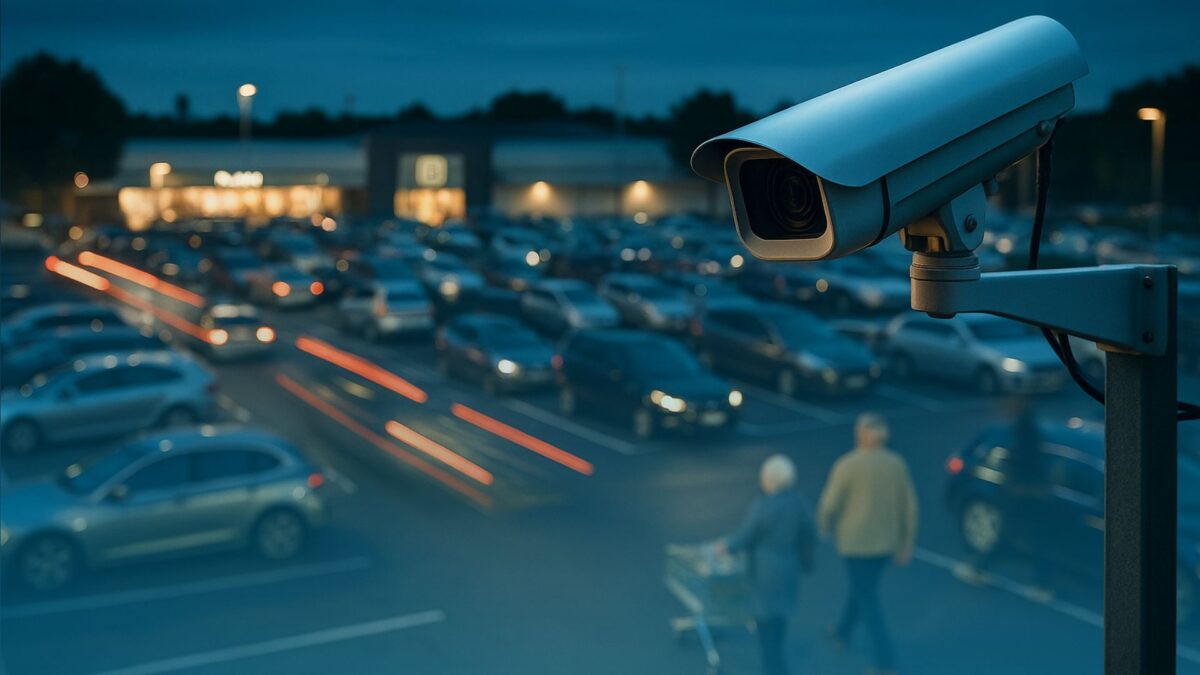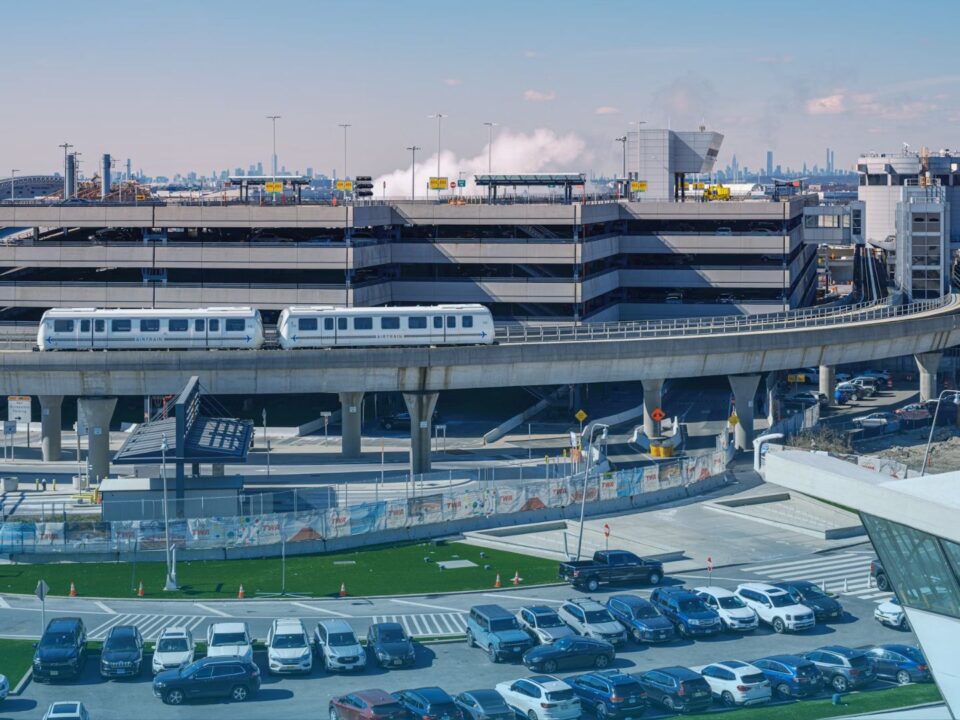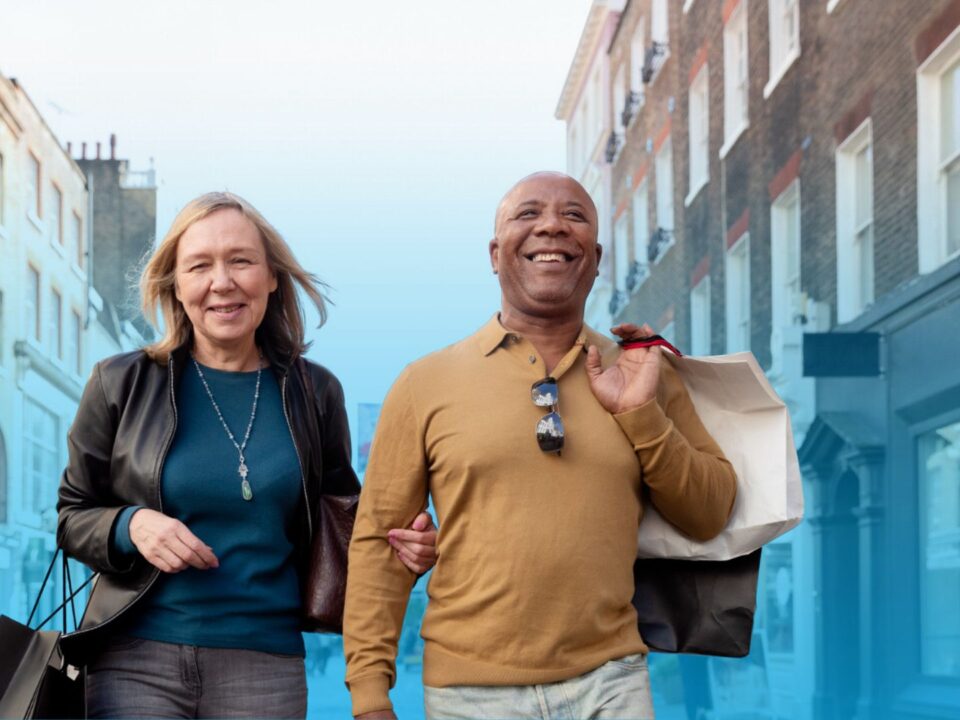What ANPR is teaching us about changing habits

Parking and the High Street comeback
03/09/2025
It’s not your car park they’re using. It’s your location
01/10/2025A closer look at the everyday rhythms of UK car parks
We tend to think of ANPR cameras as tools. Machines. Silent posts at the edge of a car park that capture number plates.
And yes, that’s exactly what they are.
But here’s the interesting part. Once you step back from the transactions, the PCNs, the spreadsheets of enforcement data, you start to notice something else. You start to see a story about how people actually use space. A story about changing habits.
Habits that are unfolding right now in towns and cities up and down the UK.
The rise of the five-minute stop
Ten years ago, you might have pulled into a retail park and stayed for hours: a food shop, a look round the homeware store, maybe lunch at Nando’s. That was a Saturday. Today, more and more, the pattern looks different. Someone drives in, nips into Aldi for a click-and-collect order, loads the bags into the boot, and drives away again. Fifteen minutes, sometimes less.
And it’s not just supermarkets. Pharmacies are seeing the same thing. A car swings in, hazard lights blinking, someone rushes in to pick up a prescription. They’re gone before you’ve even undone your seatbelt.
It’s a rhythm of short stays. And ANPR is showing just how frequent those rhythms now are.
The other extreme: longer stays
For every motorist who’s in and out in five minutes, there’s another who’s pushing the other way. The lingering stay. The two-hour haircut at the salon. The long gym session that runs past the notional ninety minutes. The Friday night meal that stretches as the second bottle of wine arrives.
So you end up with this odd dual picture: rapid turnover at one end, extended use at the other.
Car parks that used to run on predictable cycles - lunch hours, afternoon lulls, weekend peaks - are now dotted with extremes. And extremes are what make management difficult.

Hybrid working and new rhythms
Before 2020, commuter stations told the story. Packed car parks by 8am, empty by 6.30pm. Regular as clockwork.
Now? The station car parks still fill, but less predictably. Some days they’re rammed, other days half-empty. Mondays are quieter. Thursdays are busier. Friday is a lottery.
And interestingly, nearby car parks - the ones at retail parks, gyms, and cafés - have become the “new office overflow”. People duck out for a mid-morning coffee, take a Zoom call from the front seat, even meet a colleague for lunch. ANPR data captures these dips and swells that would never have shown up a decade ago.
Deliveries, drop-offs, and unseen use
It’s easy to miss, because drivers don’t always register as “customers”. But stand in any car park long enough and you’ll see it: Just Eat, Deliveroo, Amazon, supermarket vans. Ten years ago, the car park was mainly for shoppers and staff. Now, it’s a constant choreography of drop-offs and pick-ups.
ANPR sees those fleeting stops too: thirty seconds, one minute, five. Multiply that by dozens a day and you realise just how much “unseen” activity passes through a car park. Activity that still takes up space.
From observation to response
So what does all this mean for the businesses who own or rely on these spaces?
It means car parks are no longer passive. They’re active. They tell you about your customers’ lives.
If your site is suddenly full of two-minute stays, maybe that reflects how your retail mix has changed; more ‘grab-and-go’, less ‘browse-and-buy’. If your evenings are heavier than your mornings, maybe it’s your restaurants driving the demand. If weekends now feel more spread out, it could be the blurring of online and offline shopping.
In other words: the car park is a mirror. ANPR just gives you the clarity to see it.
But it’s not enough to notice the pattern. You have to respond to it.

Getting the balance right
And this is where car park management matters. The rules, the signage, the length of stay:they all need to flex with the behaviour you’re actually seeing, not the behaviour you think is happening.
Take the five-minute stop again. If your rules are rigid, you might deter those quick-turn customers who just want to grab a prescription. But if you build in a consideration period, or a free 20-minute allowance, you suddenly make their lives easier. And they’ll come back.
On the flip side, if your gym users are staying two hours plus, you need to make sure your capacity allows for that; without blocking access for the dentist next door.
It’s a balance. A dynamic one.
And when you get it right, the car park stops being a source of friction. It becomes an asset. A reason people choose to come back.
The mirror in the data
So what are we learning from ANPR?
That people’s lives have changed.
That car parks now serve commuters, click-and-collect customers, delivery drivers, hair salon clients, gym-goers, restaurant diners. Often all in the same hour.
That the rhythms are faster, slower, and less predictable than ever before.
And that when businesses understand those rhythms, they can shape their car parks to fit.
Which brings us back to Park & Control.
Our work isn’t just about enforcement. It’s about observing. About noticing how spaces are used in real life, then helping landowners respond in a way that’s fair, balanced, and future-proof.
Because if ANPR is telling us one thing, it’s this: habits don’t stand still.
And neither should the car parks that serve them.




